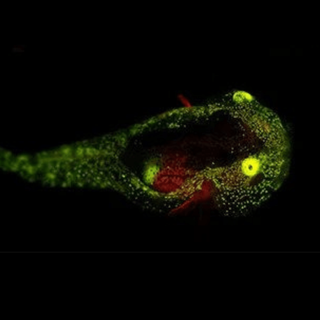Dead isn’t as dead as we thought, according to new research by neurologists in the U.S. In the hours after a person’s death, some brain cells increase their activity and even grow in size.
The findings could influence our understanding of everything neural, from how diseases like Alzheimer’s to conditions like autism affect the brain, as most neuroscientific research uses preserved human brain tissue but doesn’t take into account these post-mortem cellular changes.
“Activity-dependent neuronal genes are likely of critical importance in the pathophysiology of many of these brain disorders, thus their selective loss in the postmortem period could have a significant impact on the interpretation of genomic studies…,” write the authors of the study published in the journal Nature Reports.
In other words, not all dead brain tissue is created equal; some samples may be more ‘alive’ — that is, have active biological processes playing out — than others.
“Most studies assume that everything in the brain stops when the heart stops beating, but this is not so,” study author Dr. Jeffrey Loeb, head of neurology and rehabilitation at the University of Illinois, Chicago, College of Medicine in the U.S., said in a statement. “Our findings will be needed to interpret research on human brain tissues. We just haven’t quantified these changes until now.”
Related on The Swaddle:
Dead Bodies Continue to Move for More Than a Year After Death, Researchers Find
While most other brain cells degraded in th 24 hours after death, glial cells became more active. Nicknamed ‘zombie’ cells, these neurons help regulate inflammation. In life, they help the brain recover from an injury like a concussion or stroke. After death, however, their genes increase activity, prompting them to grow and shoot out long, limb-like structures. Given their function during life is related to brain damage, their activation after death — the ultimate brain damage — isn’t too astonishing, Loeb said. Glial cell activity peaked around 12 hours after death; by 24 hours after death, they were as degraded as the rest of the brain tissue.
Most neuroscientific research uses brain tissue that has been dead for more than 12 hours. To study fresh samples starting at the time of tissue death, researchers used brain tissue removed from 20 people, aged 1 to 56, as part of a standard procedure for epilepsy treatment. The changes in cellular and gene activity they observed were common to all samples, suggesting a natural process rather than one related to the individual age, health, or physiology of the patients. The researchers also performed additional tests to confirm changes in gene expression were indeed kicked off after death and were not merely a continuation of a process started during life.
“The good news from our findings is that we now know which genes and cell types are stable, which degrade, and which increase over time so that results from postmortem brain studies can be better understood,” Loeb said.




